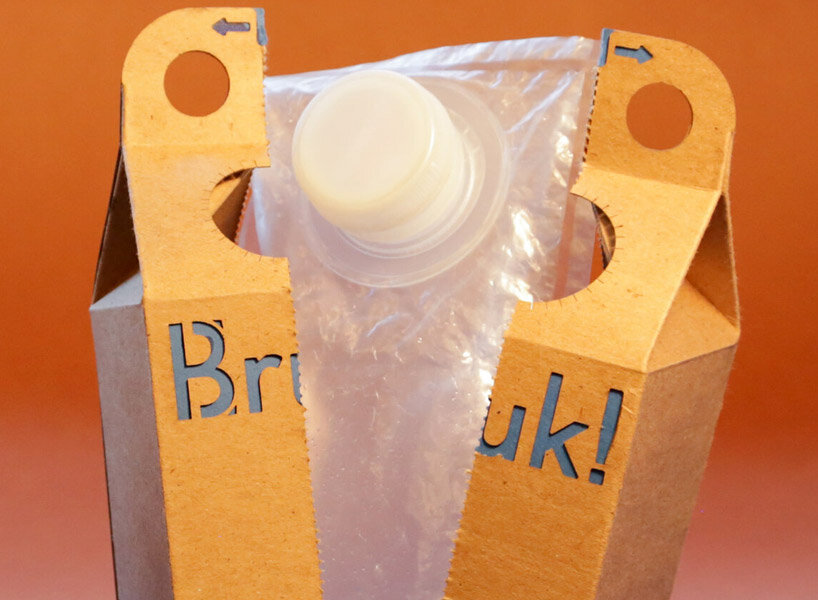
The way we consume milk has evolved significantly over the years, with packaging playing a crucial role in ensuring its freshness and accessibility. Today, milk in cardboard cartons stands out as a popular choice, offering a blend of convenience and sustainability that appeals to both consumers and the environment. These cartons have become a ubiquitous sight in grocery stores worldwide, replacing traditional glass bottles and plastic containers for many milk producers.
This article delves into the multifaceted advantages of milk in cardboard cartons, exploring their impact on sustainability, recyclability, consumer convenience, and most importantly, the preservation of milk quality. We’ll examine the reasons behind their growing popularity and shed light on how they contribute to a more eco-conscious approach to dairy consumption.
Benefits of Cardboard Milk Cartons
Cardboard milk cartons offer a range of benefits over traditional packaging methods, making them a preferred choice for both producers and consumers.
Firstly, cardboard is inherently lightweight compared to glass or plastic. This reduced weight translates into lower transportation costs and a smaller carbon footprint associated with shipping and distribution. Lighter cartons also require less energy to transport, further minimizing their environmental impact.
Secondly, the sturdy construction of cardboard cartons provides excellent protection against breakage during handling and transit. Unlike fragile glass bottles, cartons are less susceptible to damage, reducing waste and ensuring that milk reaches consumers in pristine condition. This durability also makes them suitable for stacking and storage, optimizing space efficiency in both retail settings and home refrigerators.
Finally, the smooth, non-porous surface of cardboard cartons prevents milk from absorbing odors or flavors from other products stored nearby. This ensures that the milk retains its fresh taste and aroma throughout its shelf life, enhancing the overall consumer experience.
Sustainability of Cardboard Packaging
Cardboard is a highly sustainable material derived from renewable resources like trees. Its production process requires significantly less energy compared to manufacturing plastic or glass packaging. Moreover, cardboard can be readily recycled, reducing the amount of waste sent to landfills and conserving valuable natural resources.
The use of milk in cardboard cartons aligns with the growing global emphasis on sustainable practices. By choosing cartons over other packaging options, consumers actively contribute to a circular economy where materials are reused and repurposed, minimizing their environmental footprint.
Recyclability and Environmental Impact
One of the most significant advantages of milk in cardboard cartons is their recyclability. The majority of carton components, including the paperboard, polyethylene lining, and aluminum foil, can be separated and recycled into new products. This closed-loop system reduces the demand for virgin materials and minimizes waste generation.
However, it’s crucial to note that proper recycling practices are essential to maximize the environmental benefits of cardboard cartons. Consumers should rinse out cartons thoroughly before discarding them in designated recycling bins. Additionally, local recycling facilities may have specific guidelines regarding carton disposal, so it’s always best to check with your municipality for detailed instructions.
Convenience and Safety of Cardboard Cartons
Cardboard milk cartons offer unparalleled convenience for consumers. Their lightweight design makes them easy to handle, carry, and store. The rectangular shape allows for efficient stacking in refrigerators, maximizing space utilization. Furthermore, the spout on most cartons provides a mess-free pouring experience, eliminating the need for additional cups or containers.
Safety is another key consideration when it comes to packaging. Cardboard cartons are inherently non-toxic and do not leach harmful chemicals into milk during storage or transportation. This ensures that consumers can enjoy their milk without any concerns about potential contamination.
Milk Quality Preservation
The unique construction of milk in cardboard cartons plays a vital role in preserving milk quality. The inner lining, typically made from polyethylene, acts as a barrier against moisture and oxygen, preventing spoilage and maintaining the freshness of the milk. This protective layer also inhibits bacterial growth, extending the shelf life of the product and reducing waste.
Moreover, the carton’s ability to maintain a consistent temperature during storage helps preserve the nutritional value and flavor of the milk. By keeping the milk cool and protected from external factors, cartons ensure that consumers receive a high-quality product that meets their expectations.
Conclusion
Milk in cardboard cartons has emerged as a highly effective and sustainable packaging solution for the dairy industry. Their lightweight design, durability, recyclability, and ability to preserve milk quality have made them a popular choice among both producers and consumers. By opting for milk in cardboard cartons, individuals can contribute to a more environmentally responsible approach to dairy consumption while enjoying the convenience and freshness that these cartons provide. As awareness of sustainability grows, milk in cardboard cartons are poised to remain a leading packaging option for years to come.
